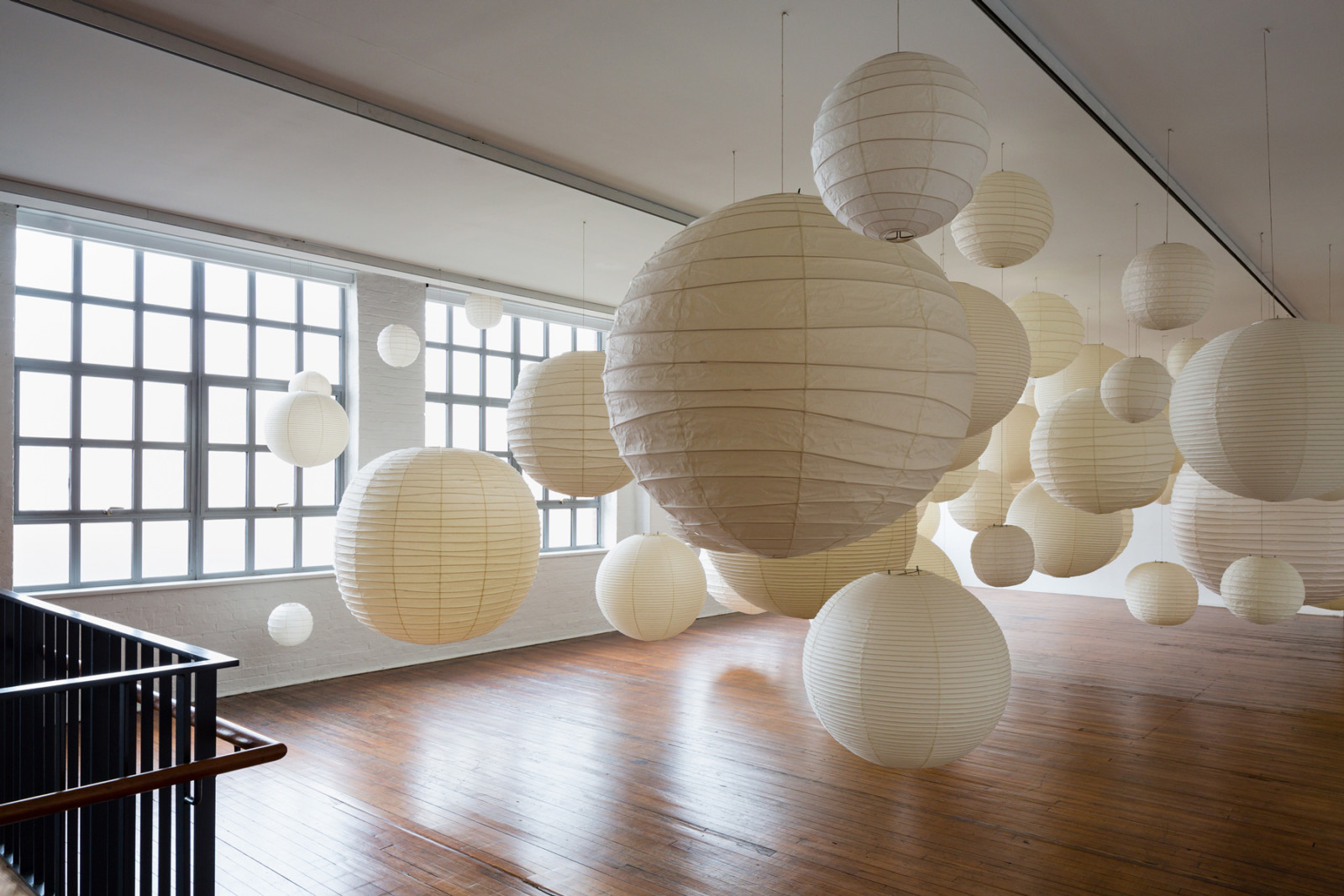The Download: At the Noguchi Museum in Queens, sales of $500 Akari lamps surged since the mandatory lockdown began in March. According to Brett Littman, the museum’s director, the institution initially projected a 35 percent decline in the organization’s $7.1 million annual budget. Now as the sole distributor in North America, the sale of nearly 5,000 pieces has brought in $2.4 million through October 31, up 44 percent from the year before.
Why It Matters: The Isamu Noguchi Foundation and Garden Museum is making up for lost revenue after being pummeled by the coronavirus pandemic. Unlike other cultural institutions who have had to deaccession art or furlough staff, the sale of Akari lamps plus $450,000 as part of the federal Paycheck Protection Program has allowed the museum to retain all its staff, including art installers, and avoid pay cuts. When it reopened, on September 23, an education studio was temporarily overhauled into a showroom dedicated exclusively to Akari. Now, for the first time, from an open space with 16 windows, more than 100 Akaris overlook the giant Katsura tree that Noguchi brought from Japan in the mid-’80s.
In Their Words: “We did shut down, but based on the strength of Akari we were able to take care of our people,” says Littman. “Noguchi was incredibly entrepreneurial to establish this income source for the museum. There isn’t another museum in the world that has this kind of income potential.”
Surface Says: Museums have never kept their doors open from admission fees alone. As cultural institutions continue to struggle adapting to the increasingly digitized world, the coronavirus has only hastened the need to find new ways to fundraise. We can’t help but ask: How will museums emerge from COVID-19?

